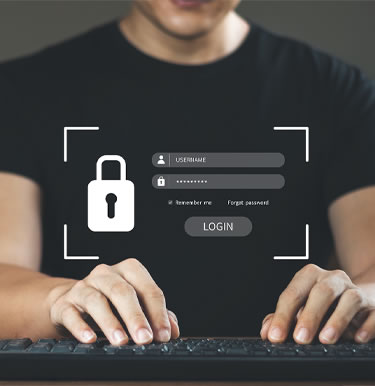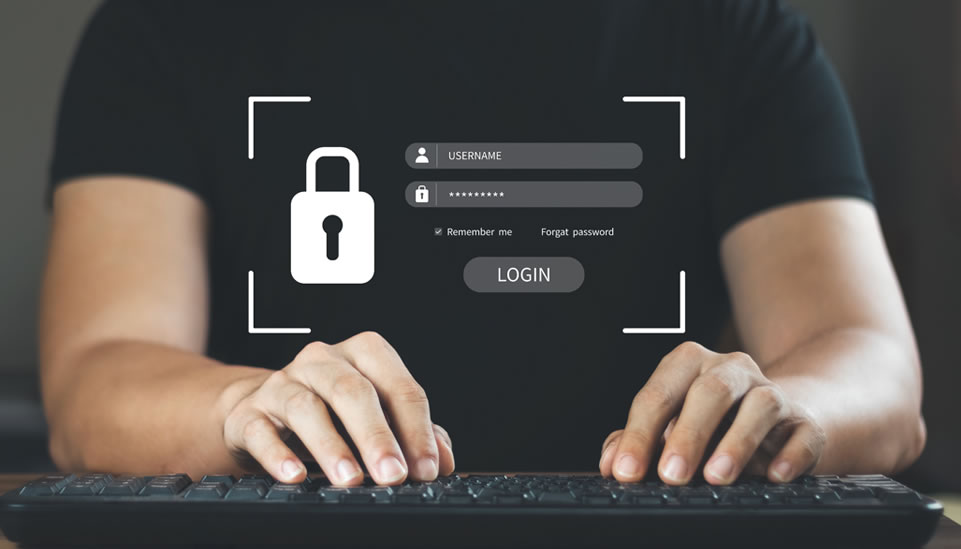I still remember when having a computer in your business was like being in a Jetson cartoon. But by the 1980s, computing was becoming the norm, and soon there was a computer on every desk. It wasn’t long before we were all connected by the Internet. Businesses were able to expand their area of operation, and it became possible to find more supply distributors. Life was good. However, it wasn’t long until we realized that computing wasn’t restricted to good, honest people.
Computer security became an issue, and the information technology industry responded with password protection. In the beginning, password requirements were relatively simple, usually six to eight characters, probably not case sensitive, and probably not requiring special characters. Being human and prone to forget, we picked passwords that we’d be sure to remember. After all, nobody could have figured out our anniversaries, birthdays, children’s names, etc. So we went along happily, protected by a password like me12345.
But soon, we learned that hackers are pretty resourceful. Perhaps friends, neighbors or coworkers, some of them relied on social engineering. Or perhaps we were just completely forgetful and had a post-it note taped to the bottom of our keyboard. We responded by using longer passwords with case-sensitive letters and numbers, so now my “completely unhackable” password resembles Me1234567. Not such a far stretch. But technology continued to improve, and so did the bad guys.
Enter keystroke loggers that record the keys struck on a keyboard, usually without the user knowing their actions were being monitored. Faster computers allow password crackers to test over a hundred million possible password combinations each second. With all of these tools at the disposal of the bad guys, how do we protect ourselves? Many industry experts are calling 2013 “the year the password dies.”
Two Factor Authentication, or 2FA, is one solution that is growing in popularity. 2FA is an authentication method that requires two or more of the three authentication factors: something you know, something you have, and something you are. This authentication method is much more secure than passwords because it uses combinations of passwords or pins, tokens, biometrics, and other technology not embedded in the system and therefore not subject to attack. It is probable that more computer manufacturers and Internet Service Providers (ISPs) will soon be offering TFA capability.
As technology improves, it is essential to remain vigilant. Being proactive is your best defense. Staying up-to-date on protection measures is one of the best ways to ensure your defenses are current.



